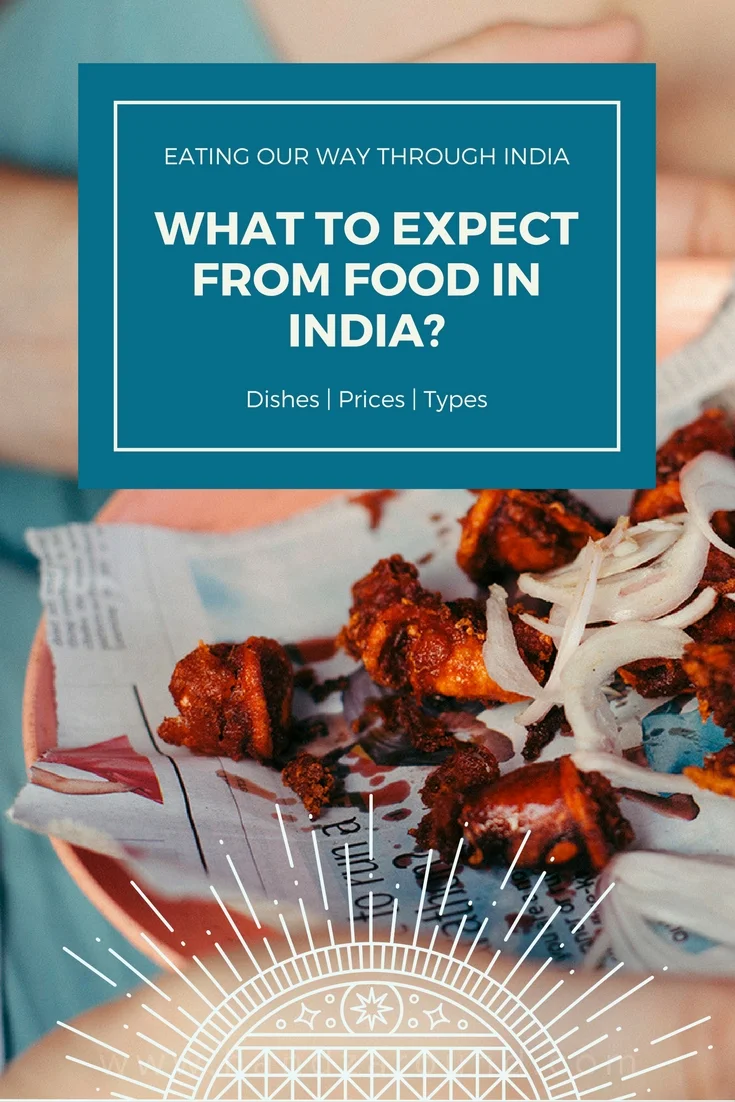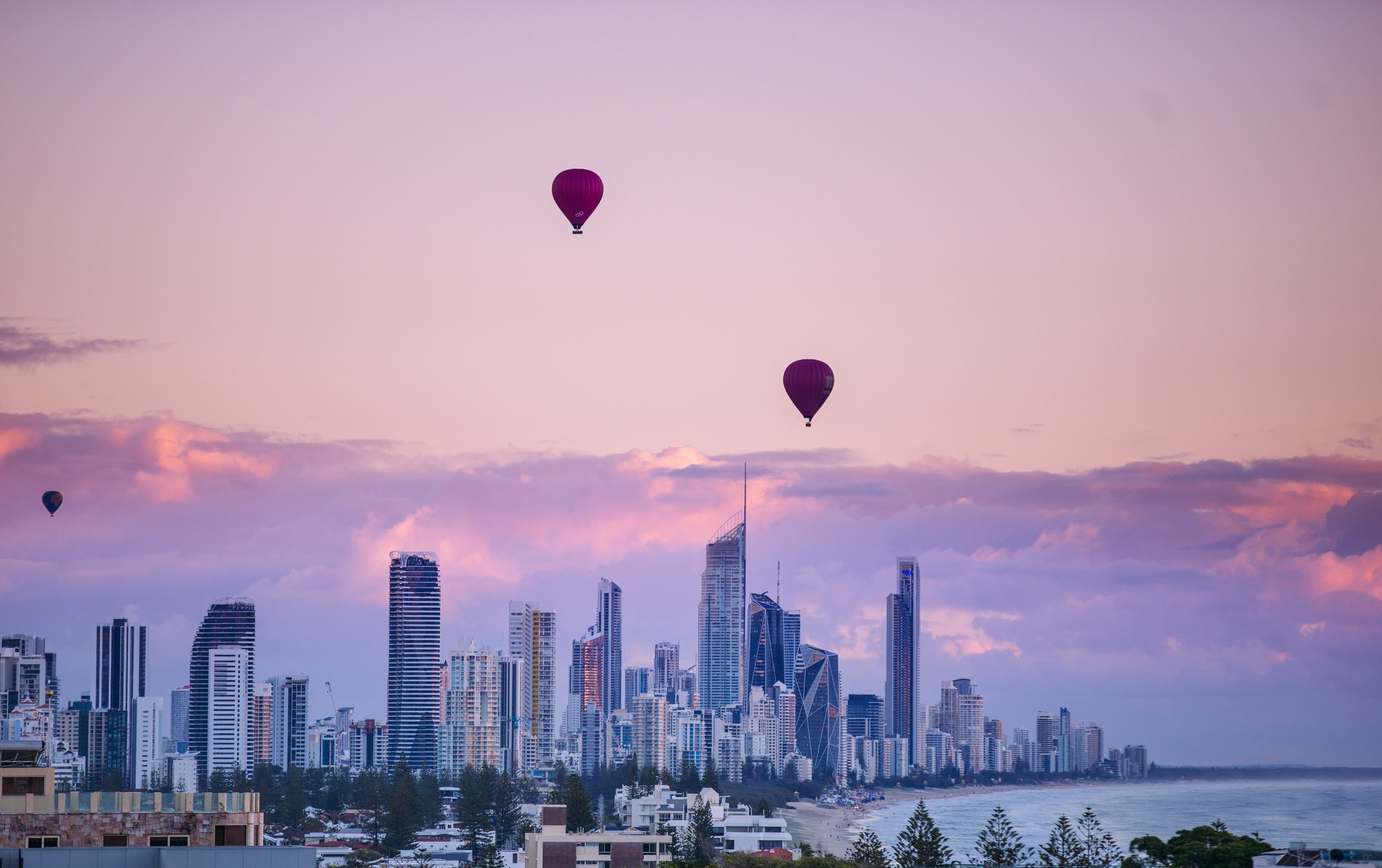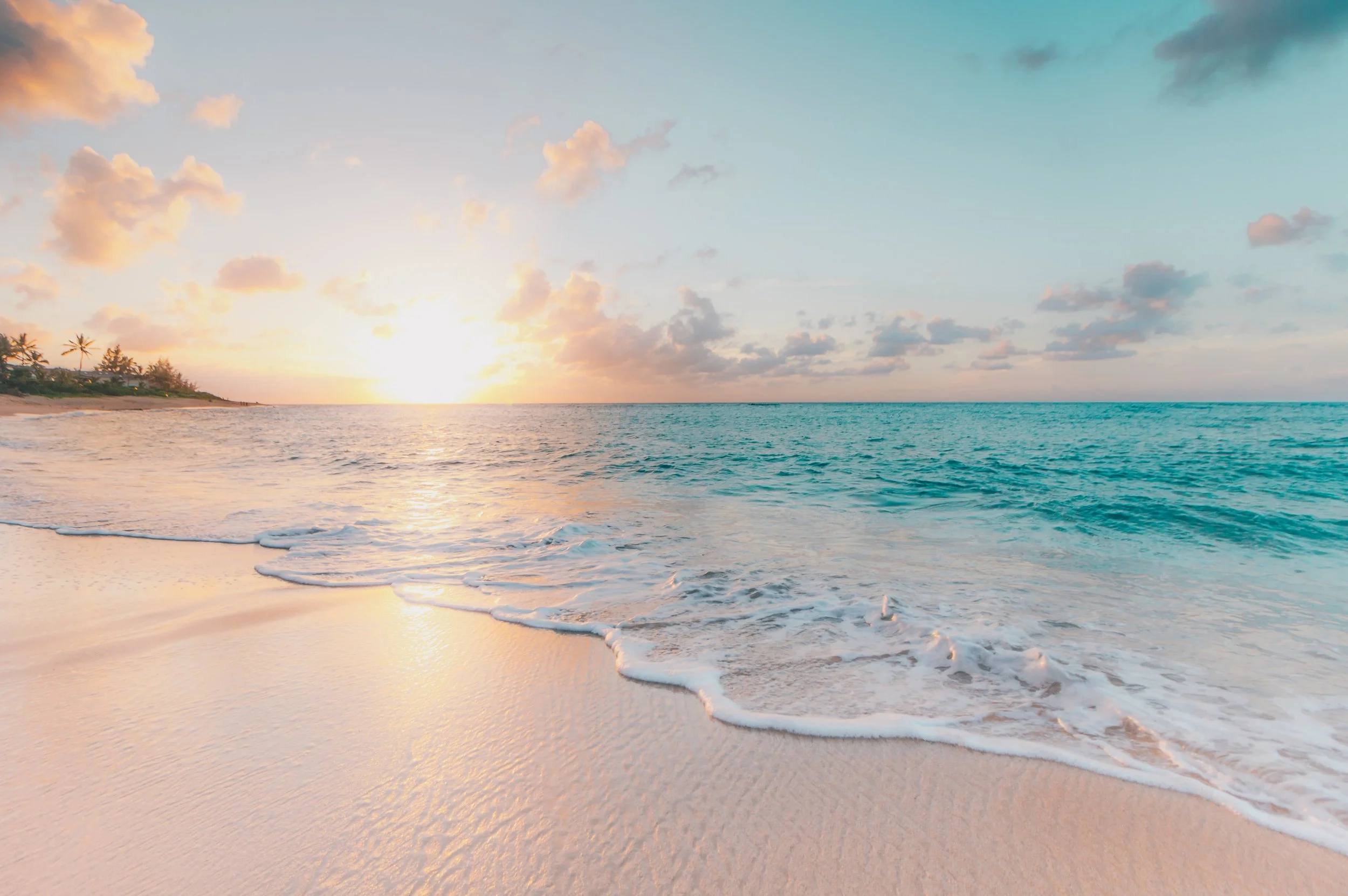Three things I learnt about Indian food:
It’s delicious.
It’s cheap.
Everything is spicy!
Indian food is a particular favourite of mine and Hanna's. We used to eat it regularly in London, but the thing I realised very quickly upon eating Indian food in India, we had never really eaten Indian food before!!
It is completely different. Spicy food, although it is hot, is spicy in a different way. It doesn’t completely take over your mouth and you can still taste the flavours!
The Indian Way
Fish stall in Chennai.
This time round we weren’t fortunate enough to have a friend (like in Nepal) to give us the full insight about how Indian people go about their foods. So, the following is mostly what we saw the locals doing, or the pieces of information we got from our hosts.
Firstly, Indians approach their food in a similar way to the Nepalese. Lots of dishes we tried were comparable to Nepalese ones, with only slight variations. They eat the majority of their meals with their right hand only and use the same technique as the Nepalese do, pinching everything together and using the food as a sponge to wipe their plates clean. They are huge fans of chai (Indian tea) and it is drunk morning, afternoon and evening with just slight variations depending on the time of day.
Our Favourites
Restaurants
Typical Indian restaurant - cow may or may not be included
Again, we set out try as many different Indian dishes in as many different places as possible. We tried a variety of restaurants and street vendors whilst in Delhi, Agra and Chennai. Something really cool we found was Haldirams. It is a chain of food-court-style restaurants that brings together a range of Indian food in one place. Sort of an Indian McDonalds!
We will be adding some places that we particularly enjoyed to our destinations section very soon. Look out for our food map!
Foods
Fresh fish for sale directly from the fishermen's boat
Tandoor chicken plate
Tandoor chicken - easily my favourite food in India. It comes in a range of colours and flavours. It can be dark red or even bright green depending on the spices added to it. The meat is usually hanging in a restaurant’s window waiting to be cooked. They cook it in the tandoor oven, that is so hot, any dangerous bacteria are cooked away. Price: 200inr (£2.30) for 6-8 pieces of chicken.
Street vendor with bags of rice ready to go with the paneer curry stewing in the large metal pot
Paneer curry - we were super excited to see this on the menu again, after being in Nepal. We tried it in a variety of different places and it was usually very good (except when we forgot to say ‘no spicy’). Price: 100-200inr (£1.15 - £2.30)
Chai - I personally like the tea more in India than in Nepal, but Hanna prefers it more in Nepal. Again this is usually the cheapest thing on the menu and is available pretty much everywhere you go. Vendors walk around with a 15l furnace in one hand, a stack disposable cups in another and say ‘chai’ as they walk up and down the street, trains or wherever you go. It was impressive to see them put the furnace between their legs and pour a cup of chai without spilling a drop whilst travelling on the train. Cardamom is often added to the tea when it is drunk in the afternoon. Price: 7-30inr (£0.08 - £0.35) so cheap!
Chai
An Indian breakfast complete with Samba and Idlis
One of the many Thalis we ate
Thali - or simply, a round platter to serve food, was consistently the cheapest food we could find. The platter has a mound of rice in the middle with 5-6 katori (small bowls) presented around the rice. Each small bowl has a different taste to cover the 6 flavours of sweet, salt, bitter, sour, astringent and spicy in one dish. Usually you are served some fruit at the end. Sometimes, the thalis are called ‘bottomless thalis’, meaning you can refill any item on your plate until you are completely satisfied! Price: 200inr (£2.30)
Samba & Idlis - Samba is a soup-like dish that is served with most meals. It comes in a range of flavours and can be anything from sweet to sour, or even burning hot. We ate it in the mornings for breakfast with steamed rice and lentil cakes known as idlis. Price: not 100% sure as it was included in our stay, but very cheap.
Prawns - When we were staying in Chennai, we stumbled across a small fishing village. They had a small market to buy fresh produce and some little shops set up to cook some seafood for you then and there. We were hesitant to try it, but thought, ‘when in Rome…’. Thankfully, it was delicious. All the seafood was marinated in a red tandoor spice mix. I’m not exactly sure what it was, but the prawns were delicious! Price: 50inr (£0.60) per plate.
Fish market
Seafood plates for 50inr
Tandoor squid and onion
Prices
Standard restaurant menu
We found the prices of food to consistently cheap everywhere we went in India. It was relatively easy to find a place that wouldn’t break the budget. The small restaurants and street vendors were by far the cheapest places to eat. We could easily buy a complete meal of rice, curry and breads for anywhere between 200 and 500inr for both of us (£2.30-£5.80). A key thing for us was to ask the price, or to see a menu, before we sat down or ordered anything. This way we knew what we were getting into before eating anything.
Meal Preparation
A street vendor in Delhi preparing our dinner
There is always the fear of Delhi Belly! We were lucky and didn’t experience this - not from a lack of trying everything, but rather from being a bit wise about what we ate. We carefully selected the places we ate at, and made sure that we could see them cooking the food. As long as the food was piping hot, we found we had no problems eating it.
A lot of Indian street food is semi-prepared so they can put your meal together quickly. They had massive pots full of the different curries, and when you order something, they scope out a quantity and finish the cooking in front of you - it’s really cool to watch!
We often waited, and just watch the street vendors prepare someone else's meal, before we decided to eat there. A lot of hands touch the food before it reaches your plate, so it is good idea to try and find a place where there is only a few people working as this will reduce the chance of contaminated food!
Banana leaf plate
A lot of the food is served on a large banana leaf that is disposed of after the meal. If the leaf isn’t available, a round plate with a paper covering is usually provided.
You just have to come to grips that your food is going to be prepared in a way that is different to what you are used to. There will be food scraps on the floor, spiderwebs in every corner, rubbish flowing out the bin and the occasional mouse running from behind the rice sacks. Chefs don’t wear gloves and there is no health inspector coming in to check the kitchen. We often betted on whether that's the meal that will get us sick, but we had absolutely no stomach problems in India!
What we avoided
We ate mainly vegetarian dishes whilst in India. As many restaurants are veg only, we had plenty of options. We used our common sense, and avoided places that looked particularly more dirty than others. You kind of have to let go of your sense of food preparation hygiene when eating in India (unless you want to pay £25 per person to eat in a fancy restaurant every meal). We avoided any water that wasn’t bottles, and even then, we poured the contents of bottled water into our filtering bottles (much to the amusement of the locals).
Alcohol was hard to come by at a decent price. It is something, we found to be, not readily available to the public, and liquor shops attract a rather interesting crowd that we wouldn’t be around anyway. Beer was expensive(ish) and we choose not to drink that much whilst we were there.
Something funny we saw was the beer bottle that came with the warning, ‘Alcohol destroys family, health and country’! Bit of a contrast from London, haha!
-----
Overall, the food in India was really good. We pretty much became vegetarians whilst we were there, however there are so many options, you don’t really miss meat at all. Be careful where you choose to eat, and usually a bit of common sense will get you a long way to staying healthy in India.






































